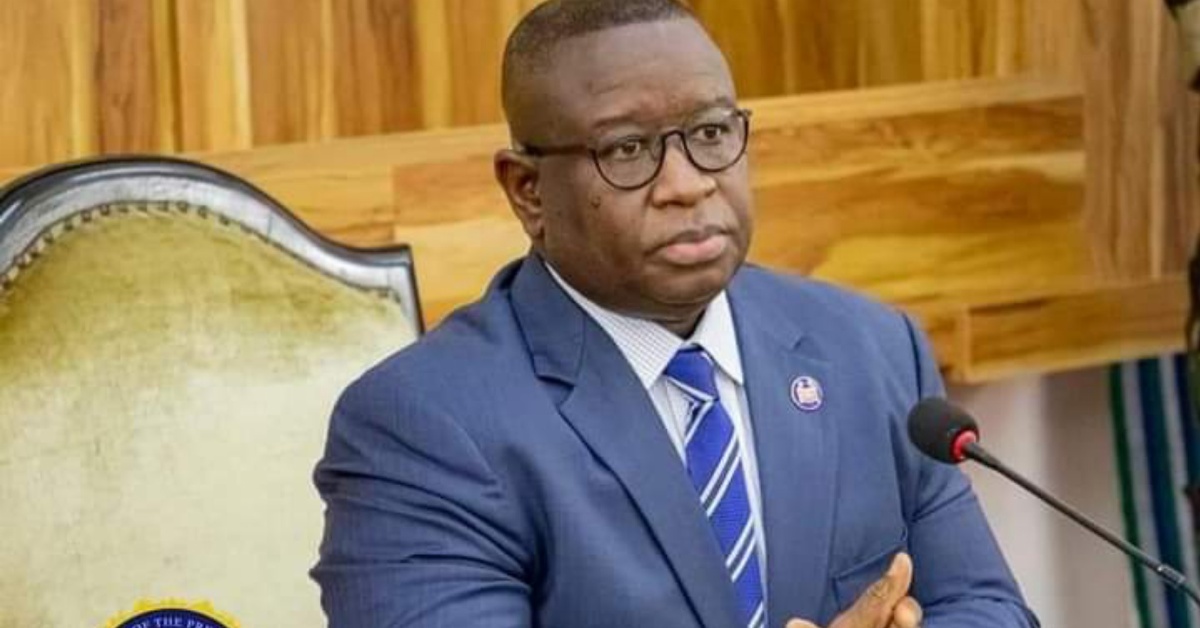Sierra Leone’s public debt reached NLe40.3 billion (US$3.0 billion) by end June 2022, representing 79.8 percent of GDP. Of this, external debt is estimated at US$1.9 billion and domestic debt at NLe14.5 billion (US$1.1 billion).
This revelation was made by the Minister of Finance, Dennis K. Vandi during his Budget Speech for the 2023 financial year at the Chamber of Parliament on Friday 11 November 2022.
According to the Minister, the sharp rise in global food and fuel prices and the pass-through effects on domestic prices combined with the depreciation of the exchange rate resulted in high inflation during the year.
“Inflation rose from the low level of 8.9 percent achieved in March 2021 to 29.1 percent in September 2022, with food inflation rising to 35 percent,” he stated.
Vandi noted that despite the recovery in exports, following the resumption of iron ore mining, higher imports of fuel, food, machinery and transport equipment resulted in a widening of the trade deficit to US$206 million in the second quarter of 2022, from US$166.4 million in the first quarter of 2022.
“The value of exports of goods increased by 12.1 percent to US$298.0 million in the second quarter of 2022, driven mainly by a surge in iron ore exports. Total imports increased by 16.8 percent to US$504.8 million in the second quarter of 2022 due to higher imports of food, petroleum products, machinery and transport equipment,” he noted.
The Minister of Finance further noted that the international reserves of the Bank of Sierra Leone declined from US$931.8 million as at end December 2021 to US$599.5 million as at end September 2022.
“This was mainly as a result of measures implemented to support the private sector in the importation of food and fuel products to ensure an uninterrupted supply of these commodities in the market. This, combined with the increase in the trade deficit, an appreciating US dollar and speculative behaviour by market participants, resulted in the sharp depreciation of the exchange rate during the year,” he said.
The Minister maintained that, “…reflecting the increase in financing needs, the public debt stock reached NLe40.3 billion (US$3.0 billion) by end June 2022, representing 79.8 percent of GDP. Of this, external debt is estimated at US$1.9 billion and domestic debt at NLe14.5 billion (US$1.1 billion).”
In 2022, Sierra Leone faces one of the most challenging economic environments in years, marked by a slow recovery from the Covid-19 pandemic, rising food and energy prices, and high levels of public debt. One of the most urgent issues confronting the country is the need to tackle decade-high levels of inflation, which are destroying incomes of ordinary citizens and leading to food security.



 Post a comment
Post a comment









Comment(s)
Disclaimer: Comments expressed here do not reflect the opinions of Sierraloaded or any employee thereof.
Be the first to comment